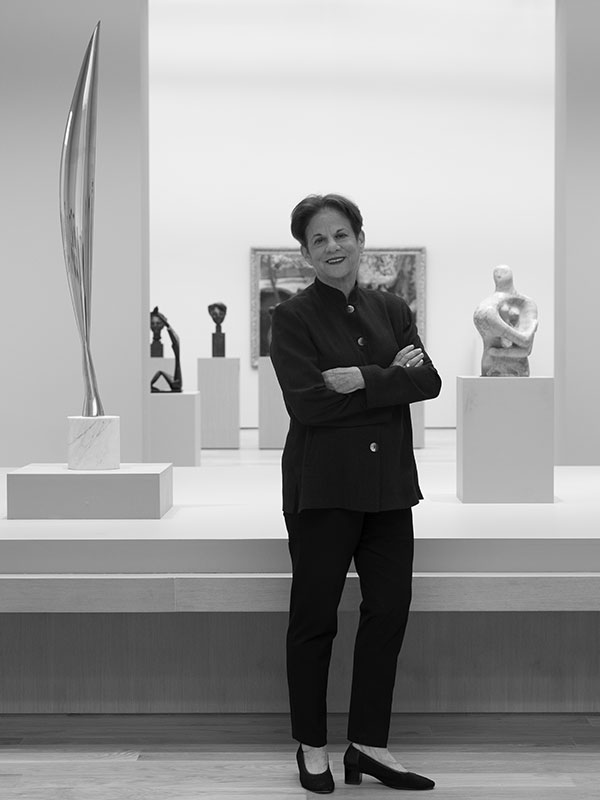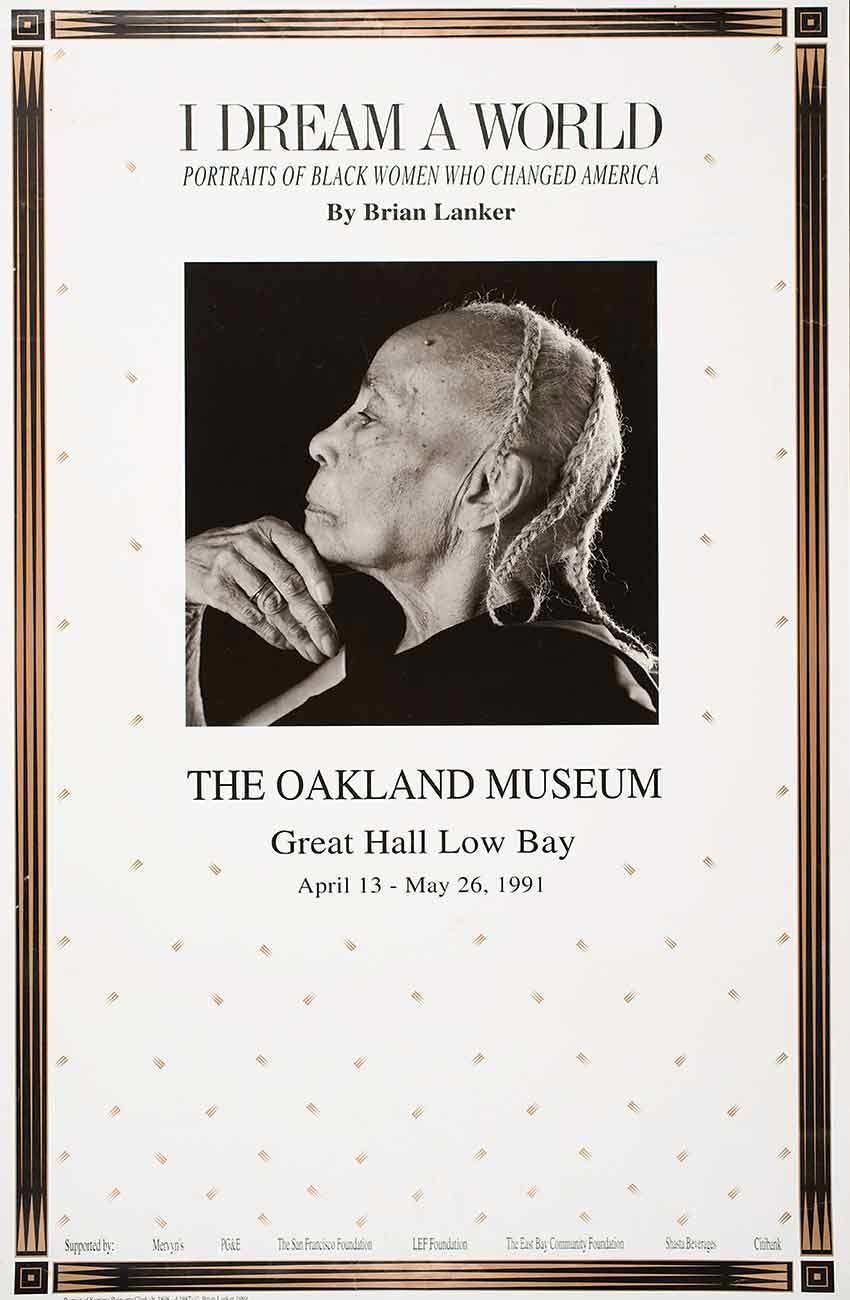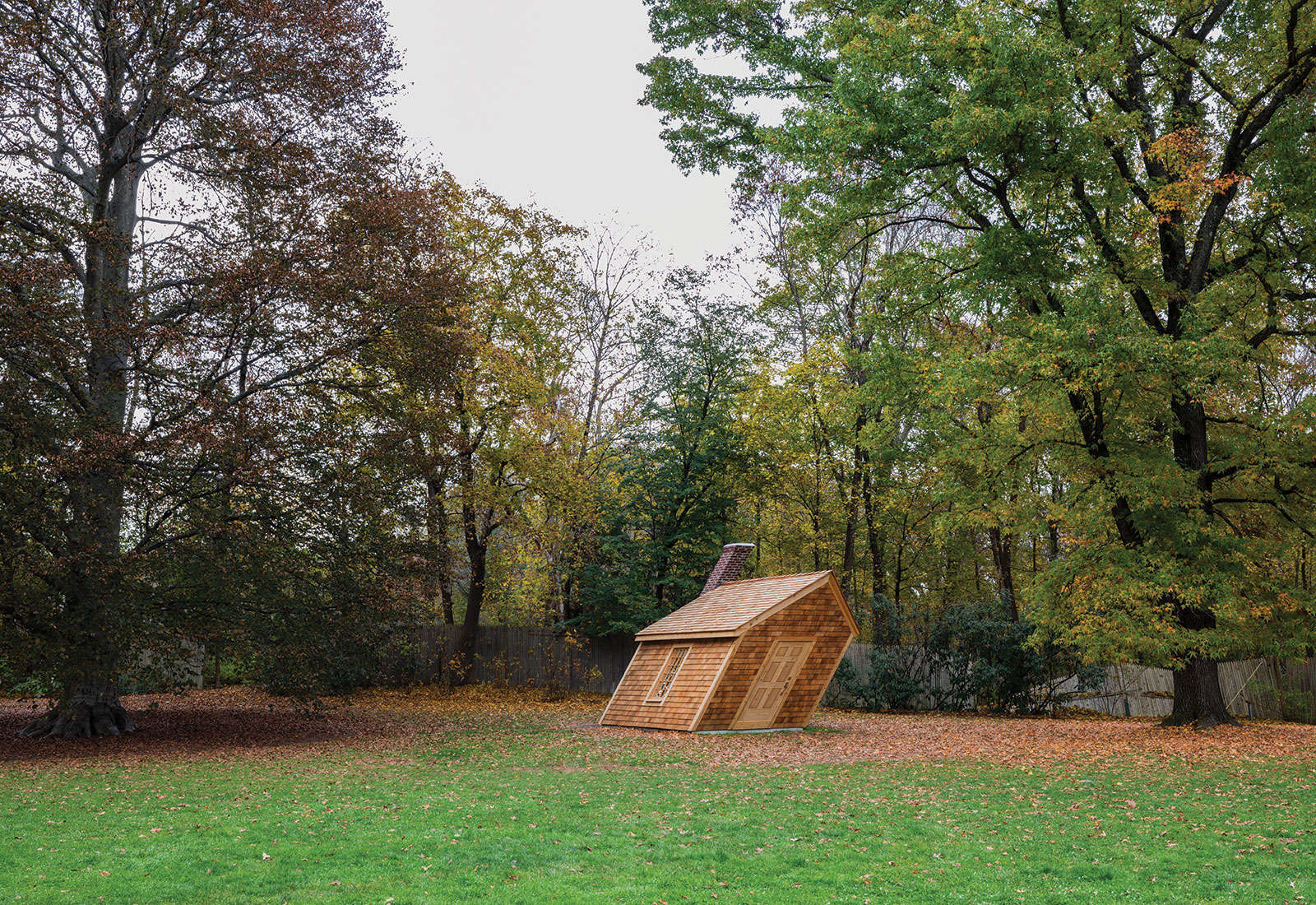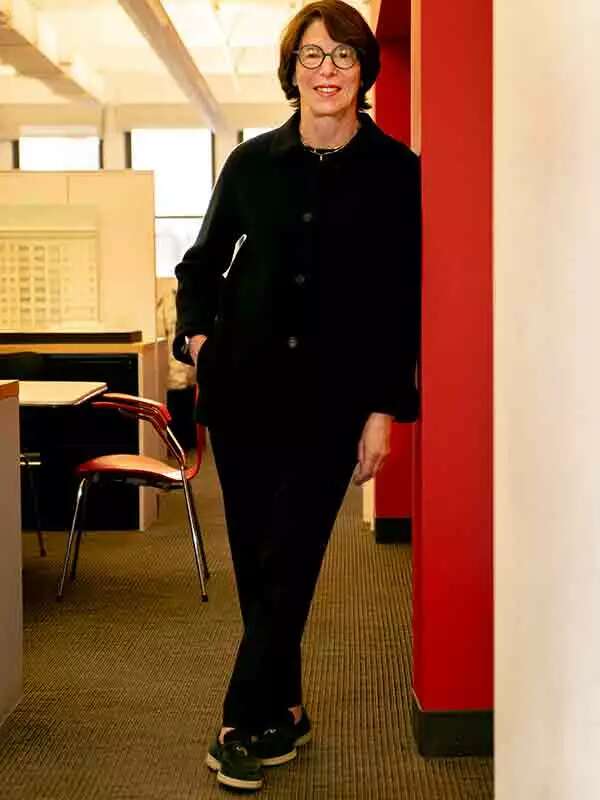
Because I’ve been curator of modern art at the Los Angeles County Museum of Art (LACMA) for over 40 years, there are quite a few acquisitions that have personal meaning for me, but there is one of which I am exceptionally proud. In 2015, the museum was able to purchase Dancer With Necklace, a rare carved sculpture by German expressionist Ernst Ludwig Kirchner. Although the German expressionist artists are best known for their paintings and prints, many explored the making of sculpture, primarily in wood. These rough-hewn works became a particular target of the Nazis, who attacked modern art as “degenerate.” Kirchner created over 140 sculptures, but only 60 have survived — the majority of his carved oeuvre was lost or destroyed during the Nazi years.
This sculpture — Kirchner’s very first free-standing figural nude, which he carved in 1910 in his Dresden studio — was most likely based on his companion Doris Grosse, or “Dodo.” The carving technique is visible, and the chisel marks are small and delicate. The dancer seems to twist her way out of flat frontality into fully three-dimensional space. The sculpture, thought to be a casualty of the Nazi era, was known only through documentation of Kirchner’s studio.
While researching my exhibition “German Expressionist Sculpture” (1984), an assistant mentioned that family friends in Philadelphia had a sculpture that looked similar. It seemed like a long shot, since most people don’t have Kirchner sculptures sitting atop their piano, but remarkably, thanks to some detective work and pure luck, I was able to identify it through studio photos and comparisons with Kirchner’s drawings and prints. I went to see it and negotiated the exhibition loan.
The sculpture was originally acquired shortly before World War I by a German collector, who then passed it to his son. He gifted it in the early 1950s as a wedding present to a couple who kept it on their piano, where it became a beloved family possession. Dancer With Necklace remained on long-term loan at LACMA in our German expressionist galleries. Eventually, the owners’ children made it available to us to buy, and with the help of many supporters, finally, 30 years after I first saw it, the sculpture belonged to the museum. I smile whenever I see her in the galleries.









